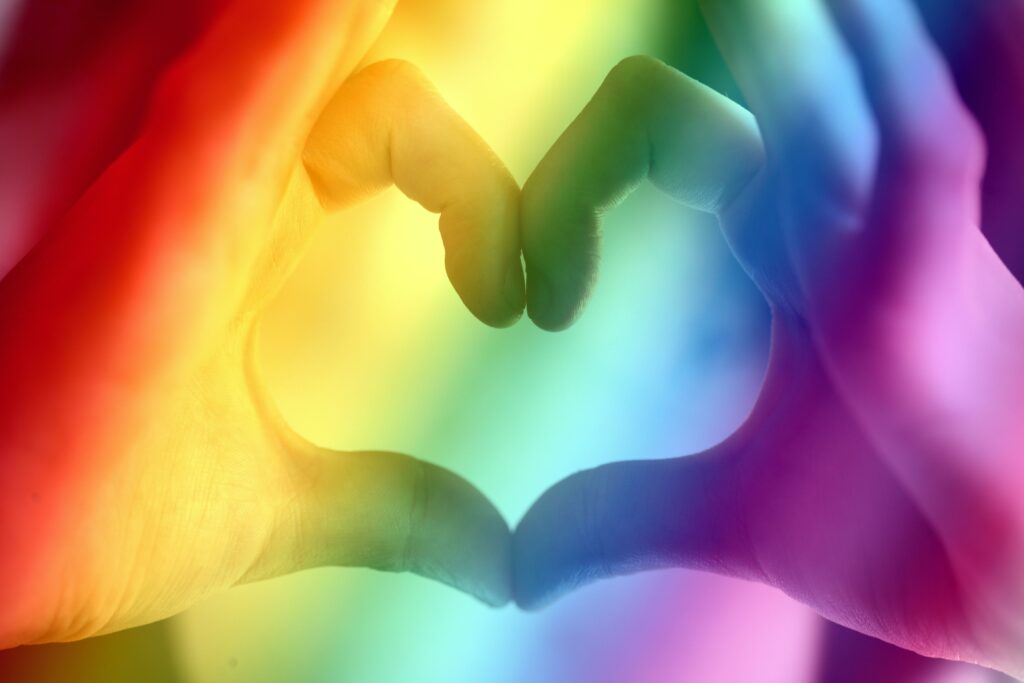Is it a trend?

Gender diversity is not just a trend, it is not a caprice, it is not a disease, it is not a perversion, and children are not threatened by transgender people. Children learning about transgenderism does not impact their gender identity. Such knowledge does not make cisgender children “become” transgender, any more than learning about different nationalities would change someone’s ethnicity. In recent years, there has been a growing public interest in sexual diversity. This may make it seem that sexual diversity is a new phenomenon, and historically and geographically transgenderism has been and continues to be culturally accepted in various ways.
It is also important to understand that the gender spectrum is an understanding that gender is not binary, but rather a spectrum of biological, mental, and emotional traits that exist along a continuum. A person’s sex can be female, male, or intersex—which can present as an infinite number of biological combinations. A lecturer at the Life Sciences Centre at Vilnius University, points out that biologically, sex is made up of at least 7 components, and more often than we might think, these 7 components do not fit together in a coherent stack. All it takes is for one component to be out of alignment with the others and that has an impact on how a person’s gender looks or manifest itself. As a result, we have men without beards and woman with beards, or men who look like men and have children but later turn out to have ovaries, or women with “male” testosterone levels. A man may have neither XX nor XY, but instead have, for example, XXX or XXY.
Psychologically, the high rates of anxiety, depression, and suicidality among transgender individuals often stem from discrimination or gender dysphoria – this means someone feels a mismatch between assigned sex at birth and the gender they truly feel like inside. This can cause them distress and make it hard to live their life fully. This highlights the need for better understanding and support.
The fact that a child, adolescent, or adult learns about transgenderism does not affect his or her gender identity in any way, i.e. it does not tempt him or her to become “no longer male” or “no longer female”. However, transgender children, adolescents or adults who learn about transgenderism may become aware of what is happening to them: that the confusion they are experiencing is part of being human, and that they are far from being the only ones.
To say otherwise is to say that children can want to become (and become!) anything just because they know that such people exist. To want to become (and become!) Polish or Austrian, to want to become (and become!) autistic, to want to become (and become!) superior or inferior, to want to become (and become!) a genius.
It is a shame that so much effort is devoted to denying the existence of transgender people, to shrouding them in negative meanings, fears and misinformation. When we could be focusing this energy on finding solutions and answers.
While science does not currently provide clear and 100% answers to what causes transgenderism, researchers in the field argue that it is more important to focus on how to help transgender people than on how to “fix” them. Also recent research focuses on how factors like social stigma, discrimination, minority stress, and lack of support systems contribute to these risks.
By delving deep into the realm of gender diversity, this video enlightens viewers about the societal implications of a wide range of gender identities. It starts with the basics—masculine, feminine, neuter, and common gender—and then goes on to provide clear definitions and relatable examples for more complex identities, such as non-binary, transgender, agender, bigender, and cisgender. This lays the groundwork for a more comprehensive understanding of how gender diversity can transcend traditional binary perspectives.
This video is inclusive in its exploration of gender fluidity and introduces a variety of terms, including omni-gender, pan-gender, and two-spirit. These terms highlight the cultural and individual differences that shape our perceptions and identifications with gender. They are explained in a way that respects and values each individual’s unique experience, whether they perceive each gender as distinct and possessing unique attributes or whether they simultaneously experience all genders.
The educational material encompasses intersex conditions, providing clarification that approximately 1% of the populace deviates from the conventional biological definitions of male or female. This statement emphasises the medical and social obstacles that intersex people encounter as a result of societal categorisations and expectations.
Moreover, the video addresses the crucial educational dimension of forming and maintaining gender stereotypes in society, including the early-life effects of these stereotypes on individuals. This article examines the significance of socialisation in establishing gender roles and societal expectations that conform to conventional male and female standards. It further explores the potential consequences of deviating from these standards, including negative effects on mental well-being and social acceptability.
In addition to providing education on gender identities, the session dispels prevalent misconceptions concerning sexuality and gender. The significance of creating nurturing settings for gender-variant individuals, with a specific focus on young people, is emphasised by improving their mental health and general welfare. The video advocates for a society in which individuals are free to openly declare their gender identity without apprehension of prejudice or misinterpretation; in doing so, it promotes a more extensive discourse on gender diversity and inclusion by appealing for empathy and understanding.